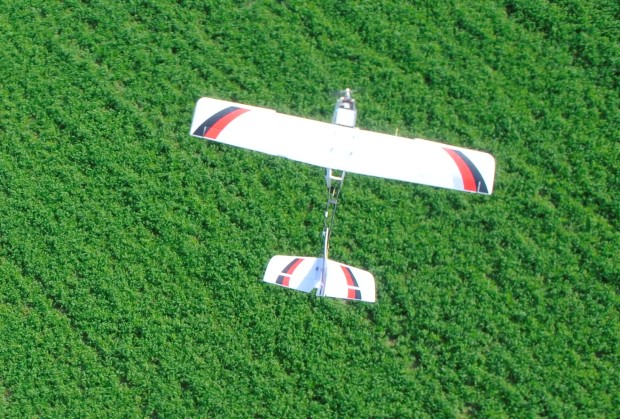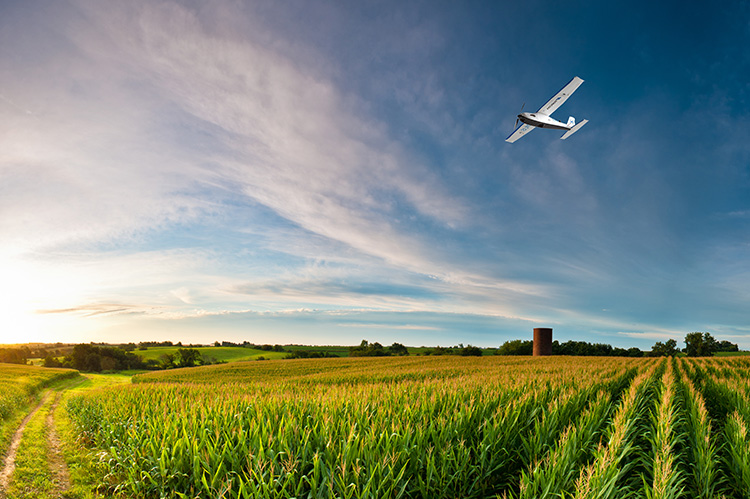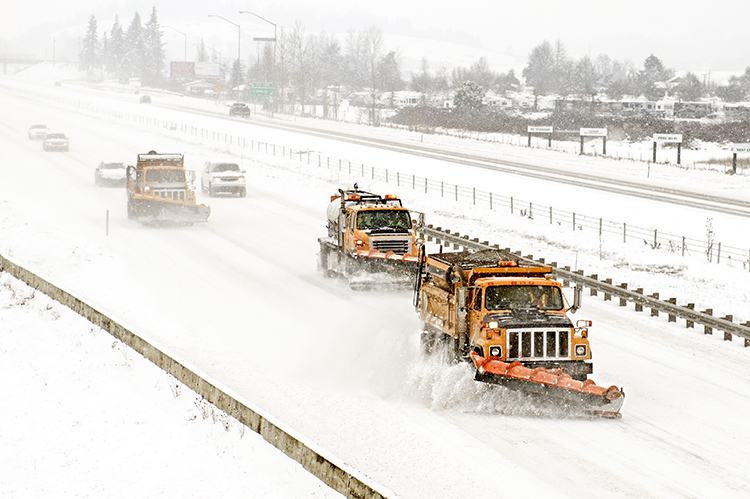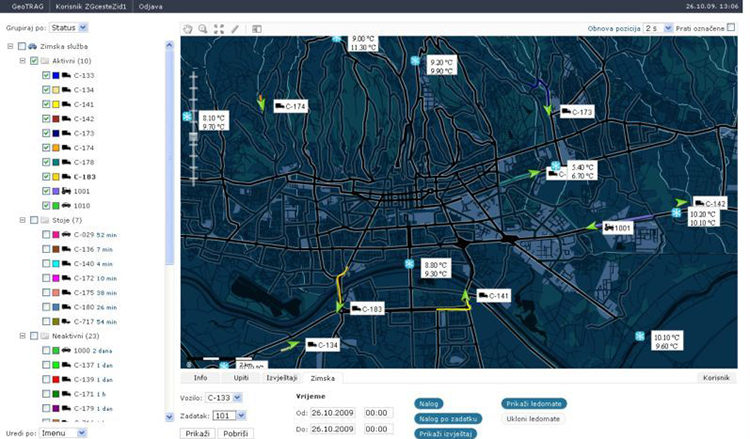
Prevention is better than cure. Breaking down drones for Weed Detection.
 In farming, this principle is vital. The illustration below shows how a visual sensor on PrecisionHawk’s UAV platform can identify pests, like weeds, from the air at crucial points in the growing season. During the early stages just after seeding, farmers have to make decisions about their weed control. With the ability to determine, from an aerial view, exactly where the weeds lie, a farmer can perform specific spot applications to the affected area saving time and money.
In farming, this principle is vital. The illustration below shows how a visual sensor on PrecisionHawk’s UAV platform can identify pests, like weeds, from the air at crucial points in the growing season. During the early stages just after seeding, farmers have to make decisions about their weed control. With the ability to determine, from an aerial view, exactly where the weeds lie, a farmer can perform specific spot applications to the affected area saving time and money.
Weed detection is carried out by determining the height or profile of anomalies across plots. Crops are generally of uniform heights, so sudden dips or peaks in the profile denote the potential presence of weeds.
The picture above shows a 3D rendered image of a plot in question. The red line points out the part of the plot that is being analyzed. The profile of that line is displayed in the bottom left image. As you can see, there is a sudden gap and peak in the profile. This anomaly indicates the presence of weeds. The only way to spot weeds is to visually inspect if they are present. For farmers who own large fields, this is time consuming–and time is an expensive commodity. The use of a UAV allows for the quick and frequent visualization of fields and consequent analysis through anomaly detection to immediately identify areas where weeds are prevalent. This addresses the problem by (1) immediately identifying weeded areas and (2) allowing the farmer to act in a targeted manner.

Today, UAVs cannot completely eliminate field scouting, but the ability to monitor specific areas and visit geo-referenced plots across many acres is invaluable. However, we do envision a time when UAVs will replace field scouting entirely and humans will never even see collected data. The data will run from the UAV into the tractor for spot application at the problem areas across a field. It’s the future. Decrease time and inputs and increase efficiency to enhance outputs.
What actions are farmers currently taking to resolve the existing problem around weeds?
There are approximately 8,000 species of weeds and most of them affect the farming industry. They reduce crop yield by competing for water, light, soil nutrients, and space. Other problems associated with weeds in agriculture include: reduced crop quality by contaminating the commodity; interference with harvest; serve as hosts for crop diseases or provide shelter for insects to overwinter; and production of chemical substances which are toxic to crop plants, animals, or humans.
Weeds are common on all 485 million acres of U.S. cropland and almost one billion acres of range and pasture. Due to the commonality, people generally do not understand their economic impact on crop losses and control costs. In estimation, U.S. farmers annually spend $3.6 billion on chemical weed control and $2.6 billion for cultural and other methods of control.
UAV platforms carrying remote sensing technology such as can cost-effectively and efficiently solve many basic agricultural problems, like weed control. These technology tools support better decision-making allowing a user to identify problems while they are still manageable and before they get out of control.
UAVs are now widely being used across farms globally. Coming to a farm near you.





